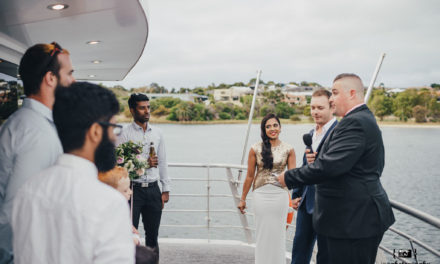The Celebrant Institute is Australia's leading professional celebrant support membership, offering the Certificate IV in Celebrancy, along with mentorship and support from Josh and Sarah.
About The Author
Sarah Aird
Sarah Aird is known as The Oracle in Australian marriage celebrant circles, she's a wizard when it comes to Australian marriage law and celebrant training.
Related Posts
Your account
Sign in
Subscribe to the monthly email letter
Join the list to receive the monthly email to the best marriage celebrants in Australia with updates on marriage laws, regulations, business developement and growth strategies. See past issues here.




Recent Comments